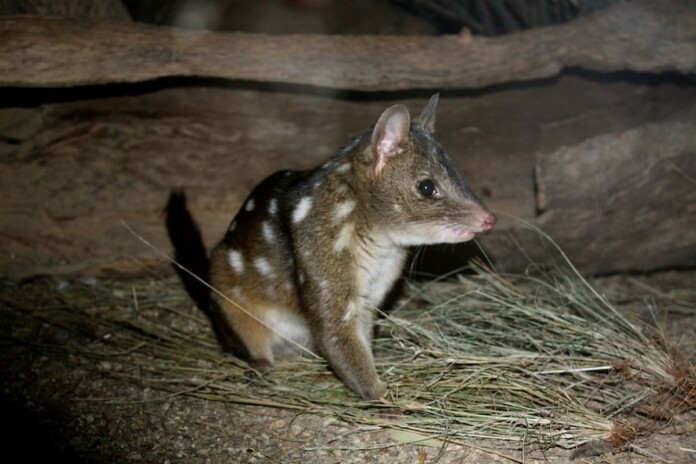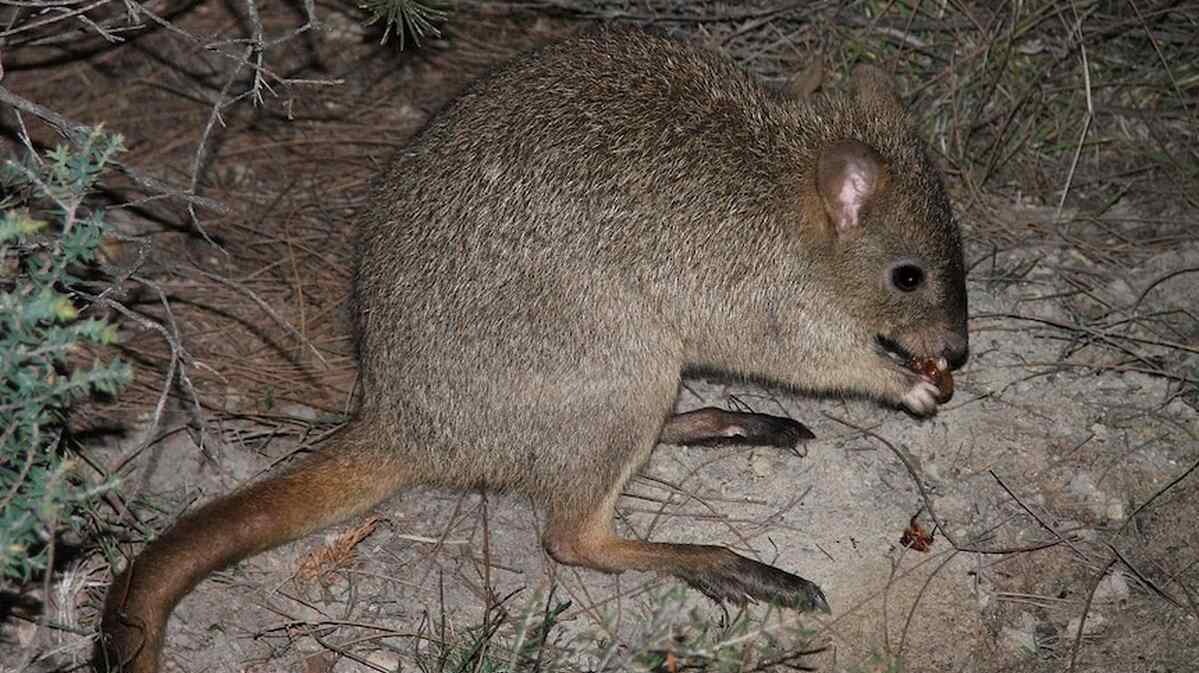In a positive development, a critically endangered Australian marsupial, the woylie, is now being observed at the highest-ever frequency, thanks to a government conservation program.
Situated in Western Australia, where invasive predators like feral foxes and cats pose a threat to native species, the Department of Biodiversity, Conservation and Attractions has initiated a successful conservation effort.
This year, the program recorded a remarkable 34 woylie sightings, with individuals being trapped and equipped with GPS tracking anklets— a significant increase from the mere 2 sightings in 2019. The accomplishment is considered promising for these native species, recognized as ecosystem engineers, playing a vital role in shaping the Australian landscape.
Similar to how beavers construct dams and bison reshape landscapes through trampling, woylies contribute to ecosystem changes by digging for roots and tubers, their primary food source. Notably, their favored delicacy is the truffle—the same fungi that adds a premium to a bowl of pasta, elevating its price by $10. Interestingly, some dog breeds are specifically trained to locate these valuable truffles.

As part of the conservation initiative, efforts have been directed towards the control of wild foxes and cats. Introduced by European settlers, these predators unintentionally triggered disruptions in the Australian ecosystem. The ground-dwelling marsupials, like the woylies, did not evolve the speed or stealth needed to evade the highly successful predators such as cats and foxes. Consequently, across Australia, active management of these invasive species is crucial to prevent overhunting of the local wildlife and maintain the delicate balance of the ecosystem.
